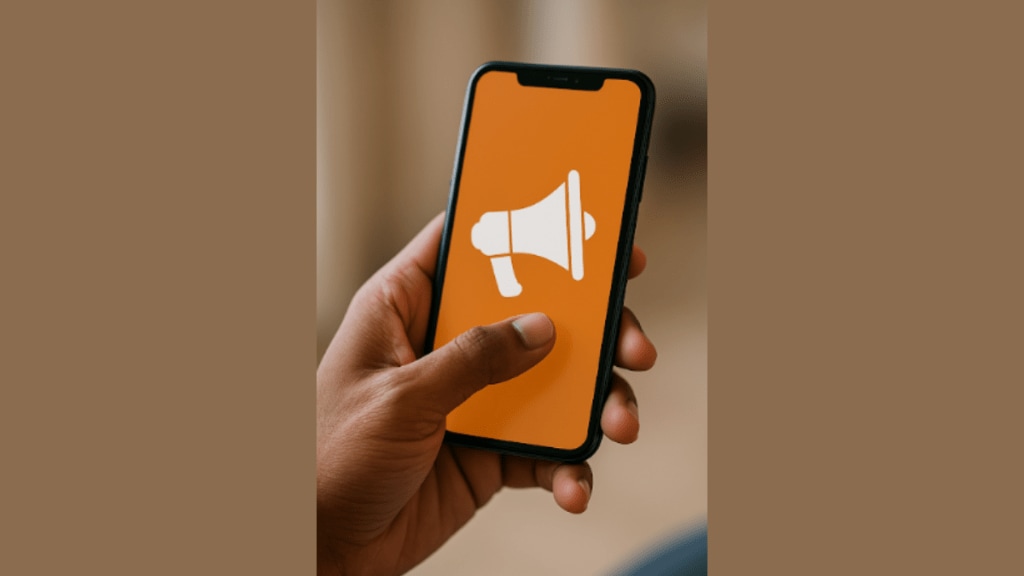According to TAM AdEx’s latest report, digital ad impressions in the country have grown 12.7 times between 2020 and 2024, The April-June quarter of 2024 registered 45% more digital ad impressions than even the October-December festive season, a first in the Indian advertising calendar. Yet marketers and media planners are facing a growing sense of unease. “Digital visibility has become abundant and, paradoxically, less valuable,” says Vishal Agrahari, vice-president, paid media, BC Web Wise. “Consumers are overwhelmed. They’re more discerning, tend to bypass ads quickly, and are less influenced by generic messages. Attention has become the real scarcity now.”
At the same time, the pressure to justify ROI has intensified. With impressions cheaper than ever, the real cost lies in lost attention and ineffective messaging.
“Impressions are easy to get now, but the real challenge is proving that they did something impactful,” says Samay Kirad, co-founder of B.I.G Media.
Brands are asking tougher questions: Did people click, comment, share, or save? As consumers scroll past ads, traditional metrics like CPMs and impressions are losing favour. “Once frequency hits 3-5 impressions per person, performance starts dropping off. That’s our cue to rotate creatives, segment smarter, and shift storytelling,” adds Shashwat Vatsa, AVP, brand, Olyv.
The fragmentation is forcing brands to revisit hybrid media strategies. Digital-first direct-to-consumer brands are now investing in traditional channels like print, OOH, and TV — not to retreat, but to complement. “We’ve worked with clients who’ve started blending creator content with billboards, print, and more,” says Kirad. “It helps make the campaign feel bigger.”
At Biryani Blues, co-founder Aparna Andrews has seen city-level outdoor ads combined with digital storytelling help drive discovery and trust during festivals like Raksha Bandhan and Diwali. “It’s a strategic extension to stand out in an otherwise crowded digital space,” she says.
Chandan Bagwe, founder of C Com Digital, sees formats like influencer content, AR-led experiences, and user-generated reels driving deeper engagement, especially when authenticity is at the core. “Because user-generated content is uncensored and relatable, it promotes genuine interaction,” he says.
Brands are also exploring episodic formats, micro-dramas, and gamified content, often blending entertainment with commerce.
The explosion of short-form vertical video — from Instagram Reels to YouTube Shorts — has made snackable storytelling the default mode of engagement. But brevity alone isn’t enough.
“Short-form video still rules, but it has to feel real,” says Kirad. “Overly edited or super-branded stuff doesn’t land the way it used to. What’s working best right now is content that feels natural, like a creator talking to their followers, not selling to them.”
For agencies like Tute Consult, the solution lies in storytelling that leads with cultural insight, not trend-chasing. “Impact today belongs to brands that lead with insight, not format,” says founder Komal Lath. “Beating fatigue means spotting what’s next, not what’s trending.”


